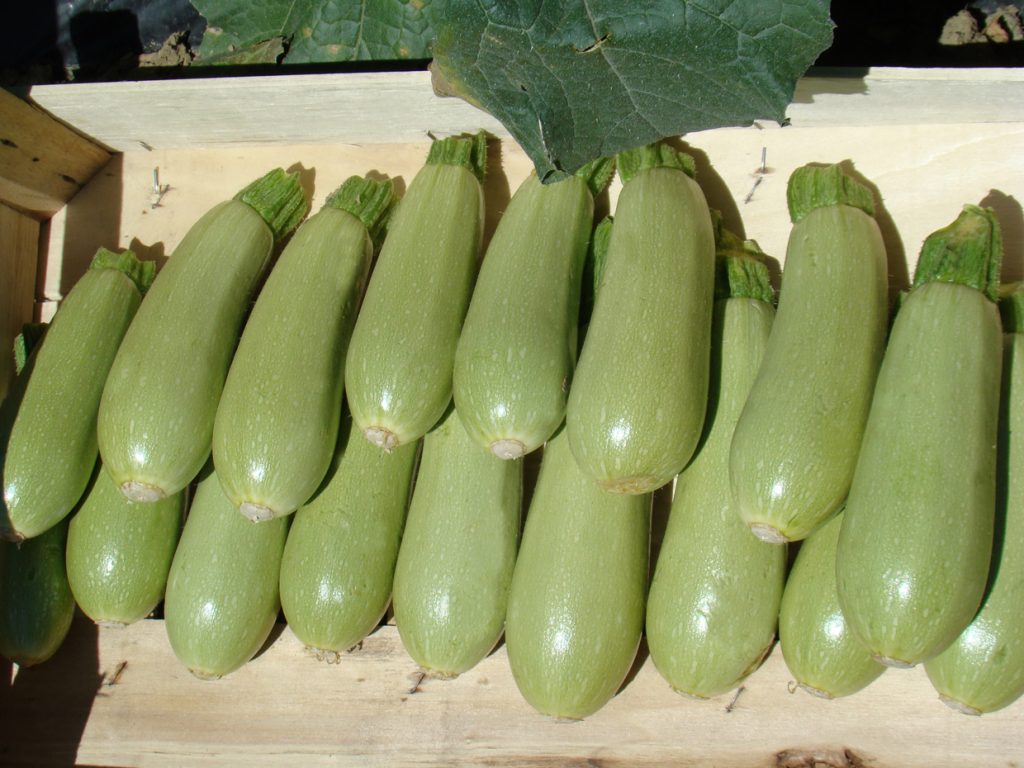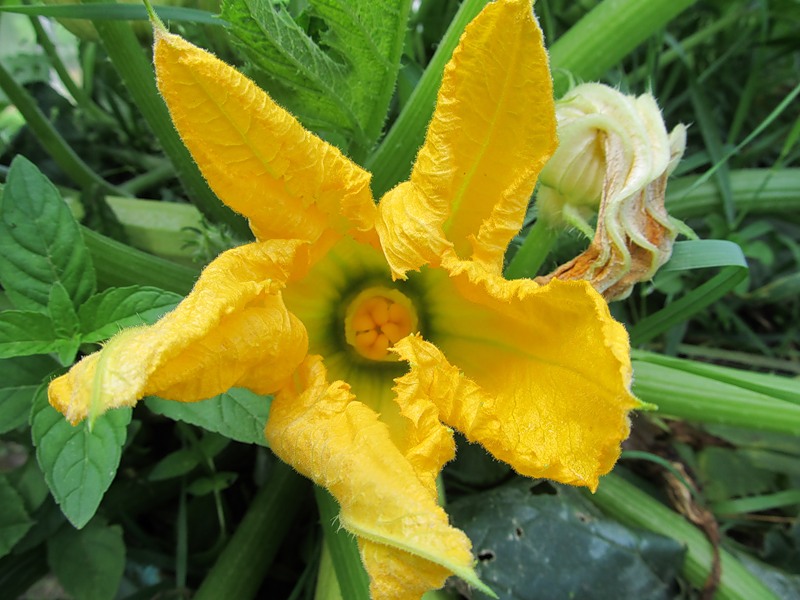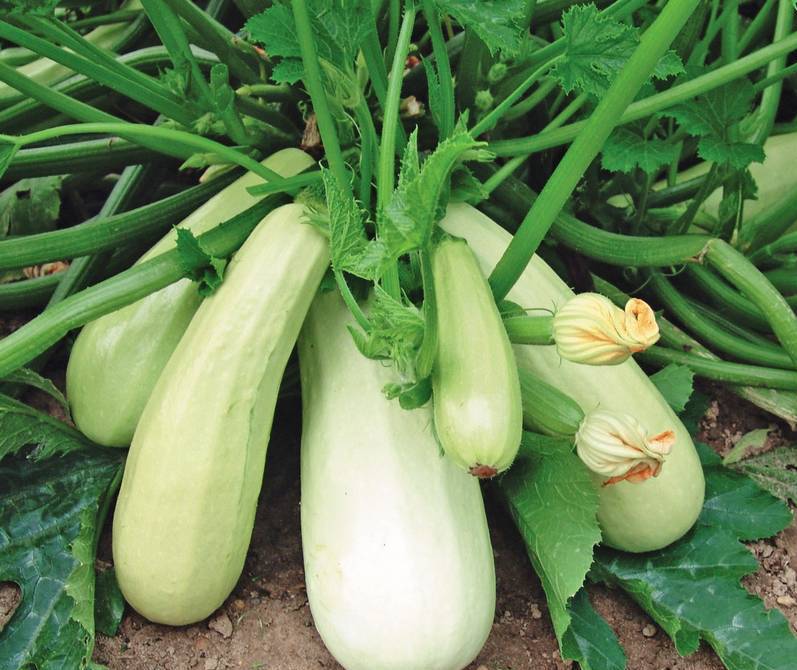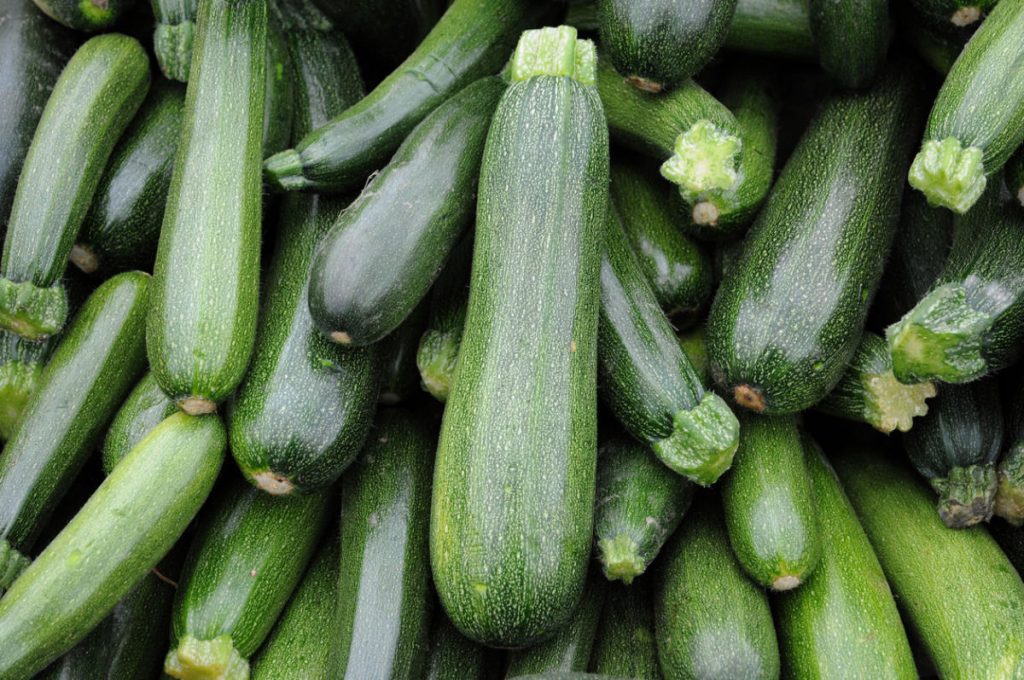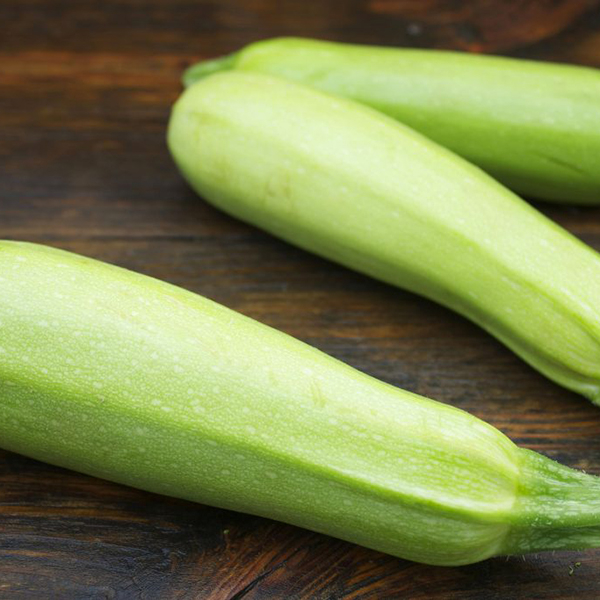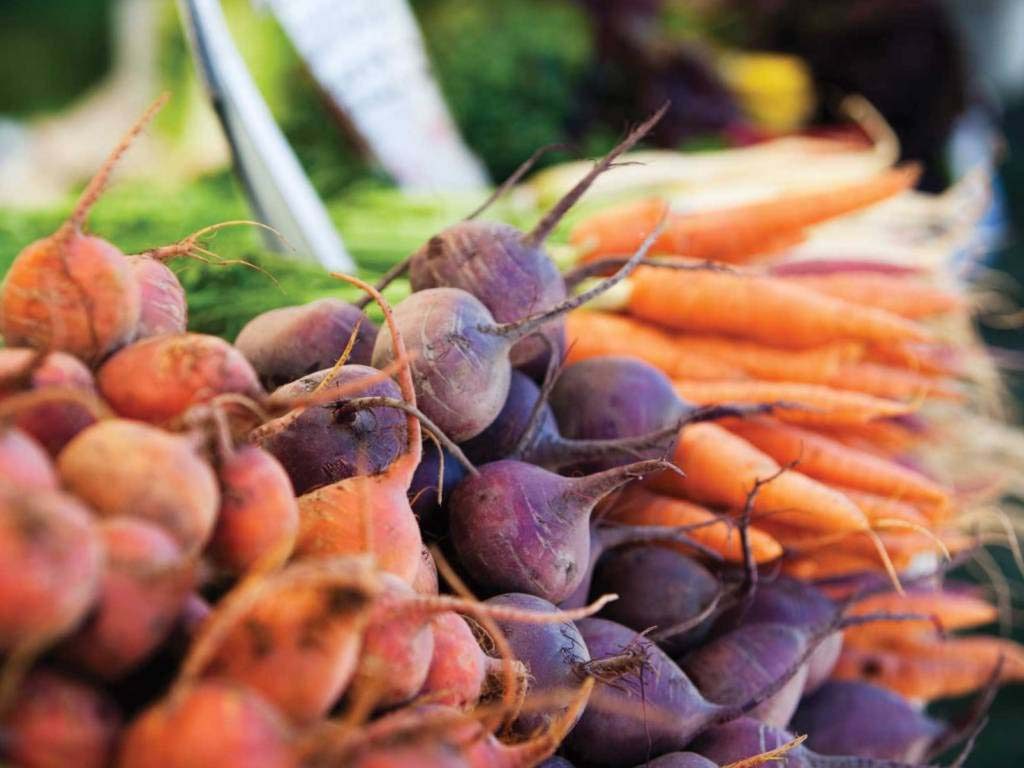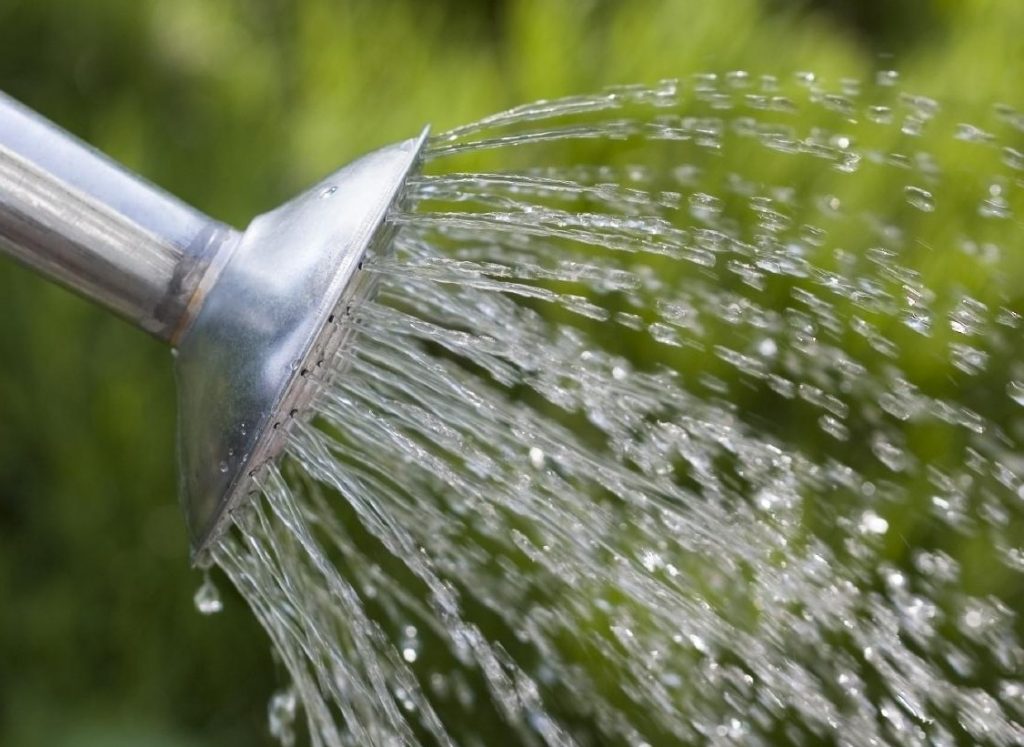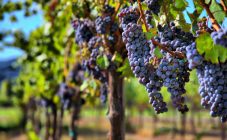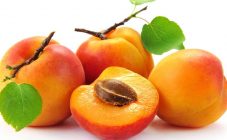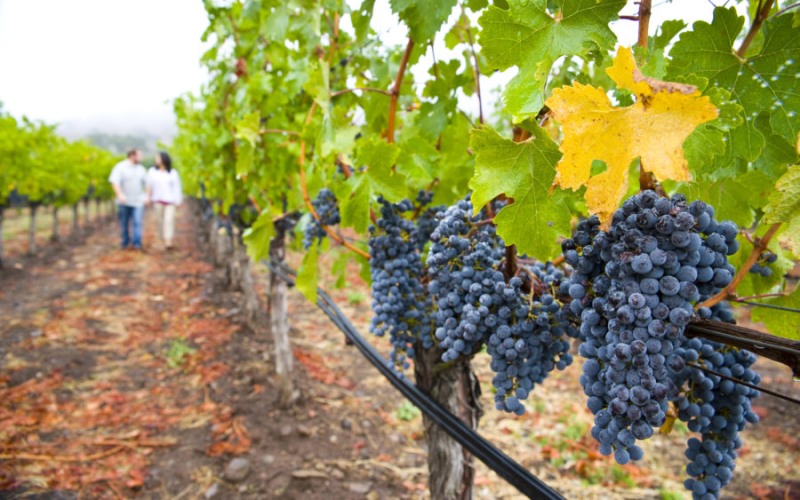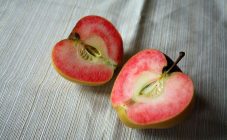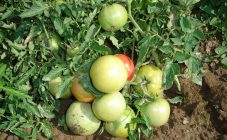Zucchini is perhaps one of the most common crops grown in summer cottages. This is due to the excellent taste, versatility of fruit use, unpretentious cultivation and a large number of useful properties. It is an annual herb from the Pumpkin family. It is a subspecies of the common pumpkin.
About zucchini
The supposed birthplace of the squash is Mexico. It was brought to Europe during the discovery of the New World; today, the culture is cultivated all over the world. At first, it was grown exclusively for decorative purposes and, only after almost 300 years, it was tasted. Zucchini were brought to the territory of Russia from Turkey and Greece. The Russian name comes from the Turkish Kabak - pumpkin. In the southern regions of the Russian Federation and Ukraine, marrows are called taverns.
There are an incredible variety of types of zucchini, breeders tirelessly breed new varieties. In the vast majority of cases, the culture develops with a bush, but there are climbing varieties that are similar to a pumpkin. Fruit stems are erect, thick, less often lodging.
Zucchini leaves have a rounded shape of bright green color. The edge is quite hard and prickly, sometimes the leaf plate is covered with light spots. Petioles are faceted and long. Some types of zucchini have small to medium foliage sizes.
The flowers of the plant can form both male and female. Their sizes are quite large, the color is bright yellow or bright orange, bell-shaped. It is quite simple to distinguish them by gender by the length of the peduncle. In female flowers, the peduncle is long, and in male flowers, it is short.
The characteristics of the surface of zucchini can be completely different - ribbed, smooth or bumpy. Young fruits are characterized by a soft and thin peel, as it ripens, it becomes thick and tough, like a wooden one. Depending on the variety, they can be white, yellow, cream, dark / light green, orange and bicolor. Spots or streaks may appear on the surface of the bark.
The pulp in young fruits is usually juicy and tender, depending on the variety, varying degrees of density. In adults, it is dense, in overripe, it is tough. The color of the pulp is cream, whitish or with a yellowish tinge. Taste qualities are not very pronounced.
Inside round squash, striped squash, etc. there are seeds that visually resemble seeds. They are elongated, flat in shape, cream or whitish in color. The weight of 1000 seeds does not exceed 150 g.
After 35-60 days after sowing the seeds, the plants begin to bear fruit. Suitable for food are the fruits of the so-called technical maturity (ovaries 7-10 days). The length of each fruit varies from 15 to 30 cm, and the diameter can reach 10 cm. After 100-120 days, the zucchini is fully ripe. Such a crop is suitable only for livestock feed; it loses its taste and useful properties.
Description of the best varieties
Today there are many varieties of zucchini, for example, Orange, Chinese long zucchini, Kavil f 1, Lagenarium, Pogrebok, Gavrish, Skvorushka and many others.There are varietal and hybrid forms, with a long and early ripening period, intended for cultivation in open ground and in greenhouse conditions, capable of self-polluting and not capable. The most popular varieties among domestic agronomists:
- Zucchini Candela; the description of the variety states that the crop belongs to hybrid early varieties. Average power is characteristic, it grows bushy. The fruits are dark green in color, cylindrical in shape. Zucchini have the same parameters: the diameter is 4-5 cm, the length varies from 20 to 25 cm. The pulp has good taste, the density is quite high, and the shade is creamy. The main feature is resistance to various diseases.
- Zucchini Diamant is one of the most popular hybrids. The culture begins to bear fruit 40-45 days after the first shoots appear. On the bushes, uniform zucchini are formed, the length of which varies from 18 to 30 cm.The rind is colored in dark green tones, the flesh is white.
- Zucchini Kuand is a mid-season variety that grows in a bush. The growing season lasts 45-55 days. Each fruit weighs 1.2-1.5 kg, cylindrical in shape. Zucchini are painted in pale green tones with dark green stripes. Produce abundantly and cold-resistant.
- Zucchini Pharaoh is an early ripe fruitful variety. The peel of the fruit is colored in dark green tones with numerous light dots. The pulp is yellow, moderately dense, juicy, excellent taste.
- Sangrum squash is a hybrid variety that is ideal for processing. The variety is medium-sized, bears fruit abundantly. Good taste, high sugar concentration. Designed for growing in open soil.
- Zucchini Yasmine. It is worth paying attention to this hybrid variety for gardeners who eat the fruits not only fresh, but also canned. It has a pleasant taste, flesh of delicate consistency, cream color. The dignity of the variety is compact growth. The weight of each zucchini does not exceed 0.5 kg.
- Zucchini Ardendo is a hybrid early ripening variety. It is characterized by abundant fruiting and unpretentious cultivation. Possesses good disease resistance.
- Sukha zucchini is a hybrid variety intended for cultivation in open ground and greenhouses. The variety is resistant to diseases. The shape of the fruit is cylindrical, color is light green. Weight can vary from 0.3kg to 0.7kg.
- Zucchini Malysh is an early ripening variety; the growing season, depending on weather conditions and care, varies from 36 to 38 days. The culture grows compactly, oval-shaped cream-colored fruits are formed on the bush, weight from 800 g to 1.5 kg.
- Casanova zucchini is a plentifully fruiting hybrid variety, unpretentious. The leaves are colored deep green, there is no spotting, the shape of the fruit is cylindrical. The peel is smooth, no wax coating. Subject to all the rules of agricultural technology, the weight of each fruit can reach 1-1.5 kg.
Growing recommendations
Zucchini are unpretentious plants, but this does not mean that they do not need care and preventive measures against diseases and pest attacks. Recommendations from experienced agronomists, adhering to which it will be possible to collect a rich harvest:
- Site selection, crop rotation. Zucchini and zucchini are quite demanding on the composition of the soil. Heavy clay soil does not suit them at all. Low yield is observed on acidic peatlands. When choosing a place, it is better to give preference to areas with neutral soils, the site should be sunny. If the soils are acidic, lime must be added.
- Predecessors. The best predecessors in the summer cottage for zucchini are root crops, onions, all annual green crops, cabbage. It is better to refrain from planting crops in areas where cucumbers and other pumpkin species have been cultivated for the next 2-4 years. This is due to the biological similarity of species.
- Fertilizer system.It is necessary to prepare the soil for the upcoming planting soon after collecting the predecessor. It is recommended to give preference to organic fertilizers. In winter, it is necessary to carry out autumn plowing, the depth of which should not exceed 30 cm. With the onset of spring, harrowing is carried out to close the moisture. On the eve of the first cultivation, mineral fertilizers are applied to the soil, adjusting their amount according to the attached instructions for use.
- Sowing. Zucchini are sown into open soil at a time when the probability of spring frosts is excluded and the soil at a depth of 10 cm is warmed up to + 10-11 degrees. Under optimal environmental conditions and soil moisture, the first shoots appear 5-6 days after sowing.
- Watering and caring for the plant. Before the beginning of fruiting, it is recommended to water the zucchini abundantly at intervals of 4-5 days. During the formation of fruits, it is advisable to increase the frequency of watering, at intervals of 3-5 days. The abundance of fruiting will increase significantly if the crop is regularly watered throughout the growing season. It is recommended to combine top dressing with watering. During the growing season, fertilizer should be applied at least three times.
The first feeding - before flowering, a week after planting: the second - during flowering and the third - in the fruiting phase. Most varieties of squash respond well to foliar feeding. It is recommended to carry out the procedures early in the morning or late in the evening. After each watering, it is imperative to loosen and take special care so as not to damage the root system. Loosening is stopped as soon as the bushes begin to bear fruit. It is advisable to water the beds only in the initial period of growth, since weeds do not germinate with the development of the green mass.
- Harvesting and storage of crops. The fruits should be picked regularly, at least 2 times a week. Do not allow overripe fruits, and do not leave them on the plant. The result of regular harvests will be even more abundant fruiting. Young fresh fruits are not intended for long-term storage.
Zucchini is a unique crop that can be used in a variety of ways. They are unpretentious in care, but they have a large number of useful macro- and microelements in their composition. For these reasons alone, crops should be grown in all suburban areas.
